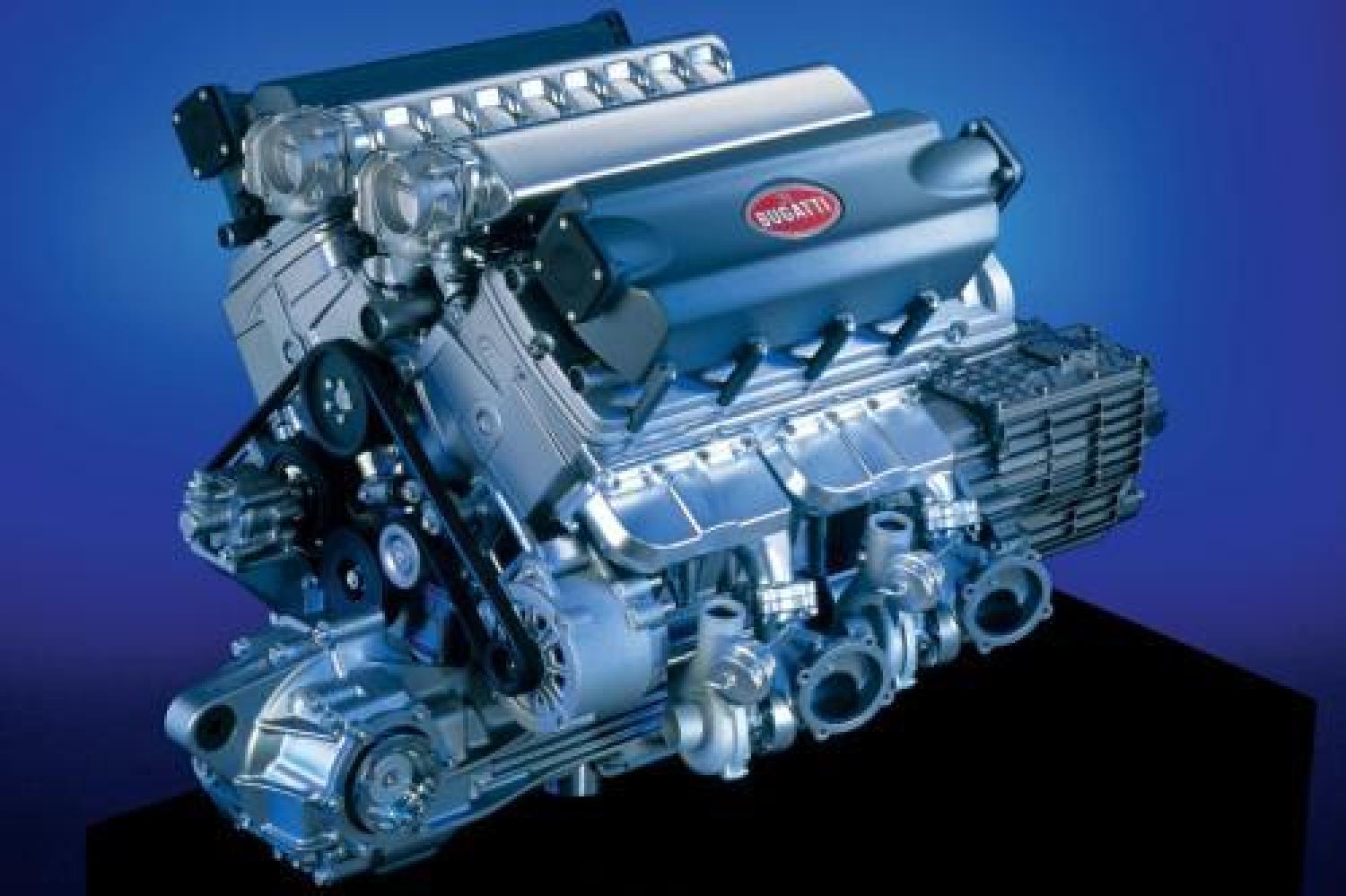The W design found glory in 1929 when the 12 cylinder Napier "Lion" beat speed records on water, land and in the air. However, the complexity and cost of fabrication would prove fatal for the design in the 1930s....Until it was revived in 1990!
That year, two independent W12 engine projects come to be: one if Formula 1, the other in endurance. But the end result would be the same. The first, designed by Franco Rocchi, wasn't enough to get the Life L190 qualified for a single Grand Prix of the 12 it entered that year. The second, called MGN and built by an engineer Guy Nègre, wouldn't start on the day of scrutineering for the 24 Hours of Le Mans. Taken apart quickly, the team was unable to make the necessary fixes for the car to take part in practice...Although the Norma M6 was present in the paddock, it would not cover a single lap of the circuit. It was an experience that would remain painful for the team's director Norbert Santos, who was forced to reimburse the equivalent to about 300,000 Euros to his sponsors.
Despite the fiasco, the W architecture continues today, notably through the VAG group and its experience in torque. In fact, their W16 in the Bugatti Veyron is actually more than simply a "double V8." In its case, the shared case of the engine contains four rows of cylinders and not three like in the above mentioned engines.
 |
 |
 |
The Norma M6 at rest in the paddock.
Photo MUSTANG66 |
The MGN W12 engine developped 500 hp on the test bench. |
The Bugatti Veyron W16 makes 1001 hp!
|
Julien HERGAULT / ACO - Translated by Rainier Ehrhardt / ACO




